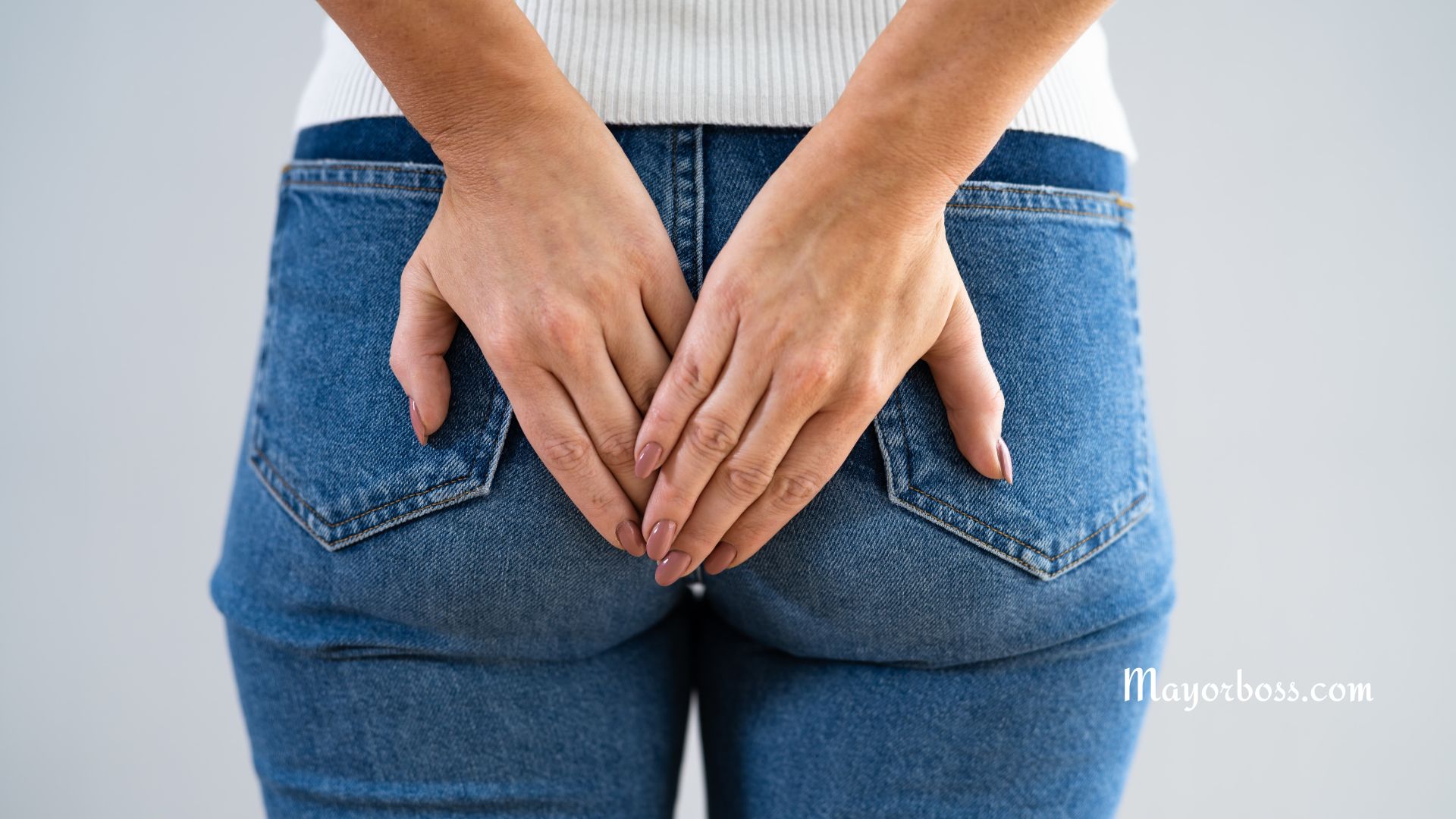Lump in Anus: 6 Causes and How to Treat It
Finding a lump in or around your anus can be unsettling. However, it’s important to remember that most of the time, these lumps are not dangerous. In this article, we will discuss the six most common causes of lumps in the anus and explore how you can treat them effectively. Understanding these conditions may ease your worries and help you know when to see a doctor.

1. Hemorrhoids Are the Most Common Cause of a Lump in Your Anus
Hemorrhoids are the most common reason for finding a lump in your anus. These swollen veins can form either internally, inside the anus, or externally, near the anal opening.
Symptoms of hemorrhoids can include itching, discomfort, and bright red blood in your stool. Many people experience hemorrhoids due to straining during bowel movements, pregnancy, or prolonged sitting.
Treatment: Generally, hemorrhoids can be treated at home. You can use over-the-counter creams, sit in warm baths, and consume a high-fiber diet to soften your stools and reduce the need for straining. However, if hemorrhoids become very painful or persist despite home treatment, you should talk to your doctor, as they may recommend other options like banding or even surgery.
2. Anal Skin Tags Can Sometimes Be Confused with Other Conditions
Another common cause of lumps around the anus is anal skin tags. These are harmless growths that appear when excess skin forms, usually as a result of a healing process following irritation or an injury, such as a fissure or hemorrhoid.
Treatment: Skin tags are generally painless and do not require treatment unless they cause discomfort or irritation. If they bother you, your doctor can remove them through a simple procedure.
3. Anal Abscess May Indicate an Infection That Needs Medical Attention
An anal abscess is a lump caused by an infection. This lump is usually red, warm, and painful to the touch. The infection happens when bacteria enter the tissue around the anus, leading to the formation of pus. Sometimes, an abscess may form due to a blocked anal gland.
Treatment: You should see your doctor if you suspect an anal abscess. Treatment generally involves draining the pus and taking antibiotics to clear up the infection. It’s important to seek medical help, as untreated abscesses may lead to a more serious condition called a fistula.
4. Anal Fissures Can Result in a Small Lump Called a Sentinel Pile
Anal fissures are small tears in the lining of the anus that often cause pain, especially during bowel movements. When a fissure becomes chronic, a small lump called a sentinel pile can develop at the edge of the tear, which may feel like a lump around your anus.
Treatment: Most anal fissures heal on their own, but to speed up recovery, you can try stool softeners, warm baths, and medicated creams. If the fissure persists, your doctor may recommend a surgical procedure to repair it.
5. Anal Warts Are Caused by a Viral Infection That Requires Medical Attention
Anal warts are caused by the human papillomavirus (HPV). These warts can appear as lumps around or inside the anus, and they are typically painless. Anal warts are considered sexually transmitted and may need treatment to prevent them from spreading or becoming larger.
Treatment: Treatment of anal warts depends on their size and location. Your doctor may remove them using a variety of methods, including freezing, laser treatment, or surgery. To reduce your chances of recurrence, your doctor may also recommend medications that help your immune system fight off the virus.
6. Rectal Prolapse Can Cause a Bulge Through Your Anus
Rectal prolapse occurs when part of the rectum protrudes through the anal opening, creating a visible lump. This condition is most common in older adults and may be associated with straining during bowel movements, weakened pelvic muscles, or other health conditions.
Treatment: Rectal prolapse requires medical evaluation. Mild cases may be treated with stool softeners and by avoiding straining. Severe cases may require surgery to repair the prolapse and prevent further issues.
When Should You See a Doctor About a Lump in Your Anus?
Most of the conditions mentioned above are manageable with home treatments, but there are situations where you should see a doctor:
- The lump is growing quickly or changing shape.
- There is significant pain or discomfort.
- You notice persistent bleeding.
- The lump is accompanied by fever or signs of infection.
Seeing a doctor will help determine the cause of the lump and the most effective treatment plan. Many of these conditions, while uncomfortable, are not life-threatening, but prompt treatment will prevent complications.
What You Can Do to Prevent Lumps in the Future
Preventing anal lumps often comes down to maintaining good bowel habits. Here are a few suggestions:
- Eat a high-fiber diet: A diet rich in fiber helps keep your stools soft, which reduces the risk of straining.
- Stay hydrated: Drinking plenty of water helps keep stools soft and prevents constipation.
- Exercise regularly: Physical activity promotes good digestion and reduces the risk of constipation.
- Avoid prolonged sitting: If you sit for long periods, especially on the toilet, try to take breaks to reduce pressure on the veins around the anus.
Final Thoughts on Lumps in the Anus
Finding a lump in your anus can be alarming, but in most cases, the cause is not serious and can be treated effectively. Hemorrhoids, skin tags, abscesses, fissures, warts, and rectal prolapse are all common causes, and knowing which one you are dealing with will help you take the right steps for treatment.
If you’re concerned about a lump or if the symptoms persist, it’s best to make an appointment with your doctor for an evaluation. Taking care of your digestive health and staying aware of changes in your body will go a long way toward preventing these issues in the future.
